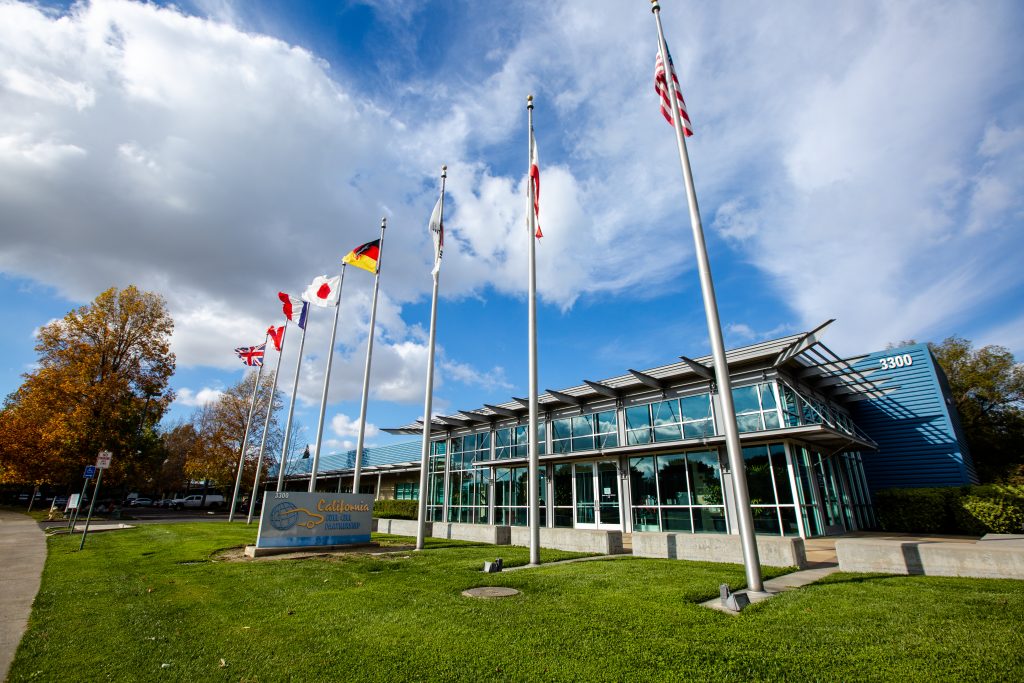Cummins has opened its Hydrogen Fuel Cell Powertrain Integration Center in West Sacramento, Calif., signaling its commitment to scaling the green hydrogen economy in the United States. As the newest tenant in the California Fuel Cell Partnership building, Cummins will continue its work to make zero-emissions fleets a reality for customers with its PEM fuel cell technology.
“Our presence in West Sacramento is important to advancing hydrogen technologies, while being a central part of the decarbonization conversation in the United States,” said Amy Davis, vice president and president of New Power at Cummins. “With the most advanced hydrogen infrastructure system in the country, California provides a great ecosystem for advancing alternative power technologies. Ultimately, our goal is to accelerate change in transportation, innovate for our customers and put more zero-emissions vehicles on the road. This facility will help us do exactly that.”
Cummins is investing in two types of hydrogen fuel cells: proton exchange membrane (PEM) fuel cells and solid oxide fuel cells (SOFCs). At the West Sacramento facility, the focus is PEM fuel cells, which are considered a good solution for high-power transportation applications, like heavy-duty, long-haul trucks. When the hydrogen used to fuel a fuel cell vehicle is green, meaning it is produced using renewable electricity, the result is zero-carbon transportation.
“We’re investing heavily in alternative power solutions, particularly hydrogen fuel cells, batteries and electric drivetrains,” said Amy Adams, vice president of Fuel Cell and Hydrogen Technologies at Cummins. “We have unique expertise and talent to bring these together and put trucks in our customers’ hands today.”
The new 18,000-square-foot Cummins site is designed specifically for hydrogen innovation, including safety features, and will house fuel cell integration and fuel cell powertrain development and testing, controls and electrical engineering. Cummins will be the largest tenant at the California Fuel Cell Partnership facility, which is occupied by other alternative power innovators and technology companies.
